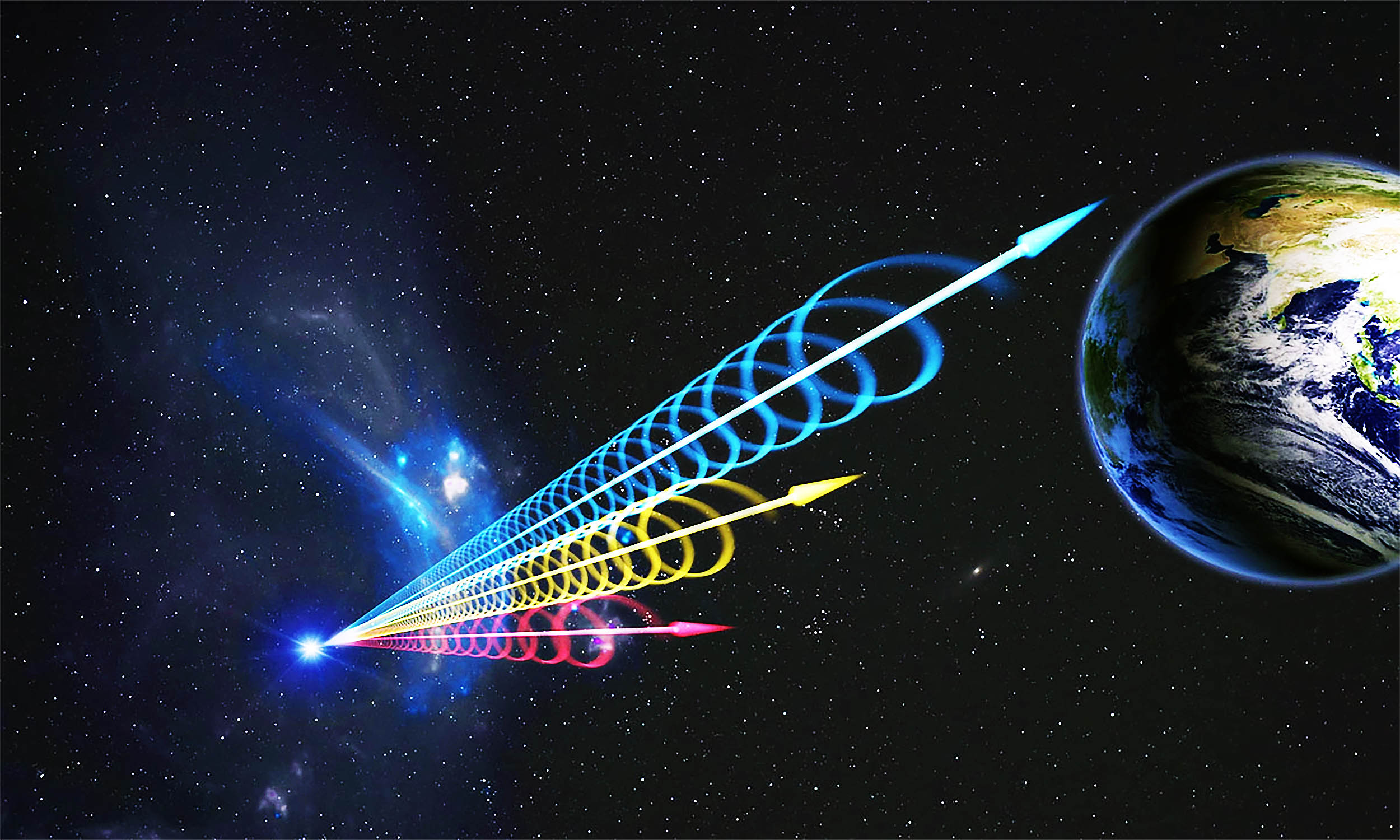Key takeaways:
- Atoms and subatomic particles move faster when heated and slow down as they cool, stopping entirely at absolute zero (0 Kelvin).
- The Large Hadron Collider (LHC) creates temperatures of 7.2 trillion degrees Fahrenheit when smashing gold particles—hotter than a supernova.
- Theoretical physics suggests that the hottest possible temperature is the Planck Temperature, around 10³² Kelvin, where conventional physics breaks down.
- The highest temperature we might actually reach is 2 x 10¹² K, where normal matter disintegrates, possibly transitioning into a mysterious quark matter.
- According to string theorists, the hottest temperature is slightly cooler at 10³⁰ K, as they believe the universe’s basic components are vibrating strings, not particles.
______________
Gold particles smashed at the LHC hit a scorching 7.2 trillion degrees Fahrenheit, hotter than a supernova.

Heat affects every atom in the universe, with particles vibrating faster as temperatures rise. The colder it gets, the slower they move, eventually stopping altogether at absolute zero (-273°C or 0 Kelvin). But how hot can things get? Surprisingly, the hottest temperature ever recorded is right here on Earth at the Large Hadron Collider (LHC), where gold particles smashed together reach 7.2 trillion degrees Fahrenheit—hotter than a supernova explosion.
The Limits of Heat
Scientists believe that temperatures can theoretically go even higher. The ultimate contender for the hottest temperature is the Planck Temperature, which is a staggering 1032 K (100 million million million million million degrees). At this temperature, conventional physics breaks down, and the four fundamental forces of nature—gravity, electromagnetism, and the strong and weak nuclear forces—merge into one unified force. This strange merging represents the limits of our understanding of the universe and is linked to the elusive “theory of everything” in modern physics.
However, there are other notable temperature contenders. The Hagedorn temperature marks the point at which ordinary matter, known as hadronic matter, breaks down. This temperature is around 2 x 1012 K, and when reached, matter is believed to transition into a theoretical form known as quark matter. Scientists have yet to confirm the existence of quark matter, but it could potentially be heated even further than the Hagedorn temperature.
String Theory’s Hottest Temperature
String theory offers another perspective on the universe’s hottest temperature. According to string theorists, the hottest possible temperature is 1030 K. This theory suggests that the most fundamental components of the universe aren’t particles, but tiny vibrating strings. Because strings differ from normal particles, they have their own Hagedorn temperature, slightly lower than the temperatures mentioned earlier.
Unfortunately, we can’t test these extremes directly. The limits of our current technology make it impossible to reach or even simulate such high temperatures, and string theory itself is largely unproven. Nevertheless, physicists continue to study these theoretical temperatures in hopes of unraveling the mysteries of the universe.
In conclusion, while we may never fully know how hot things can get, the contenders for the hottest temperature—whether it’s the Planck temperature, Hagedorn temperature, or string theory’s limits—provide fascinating insights into the limits of physics. For now, the 7.2 trillion degrees Fahrenheit achieved at the LHC remains the highest recorded temperature on Earth.




